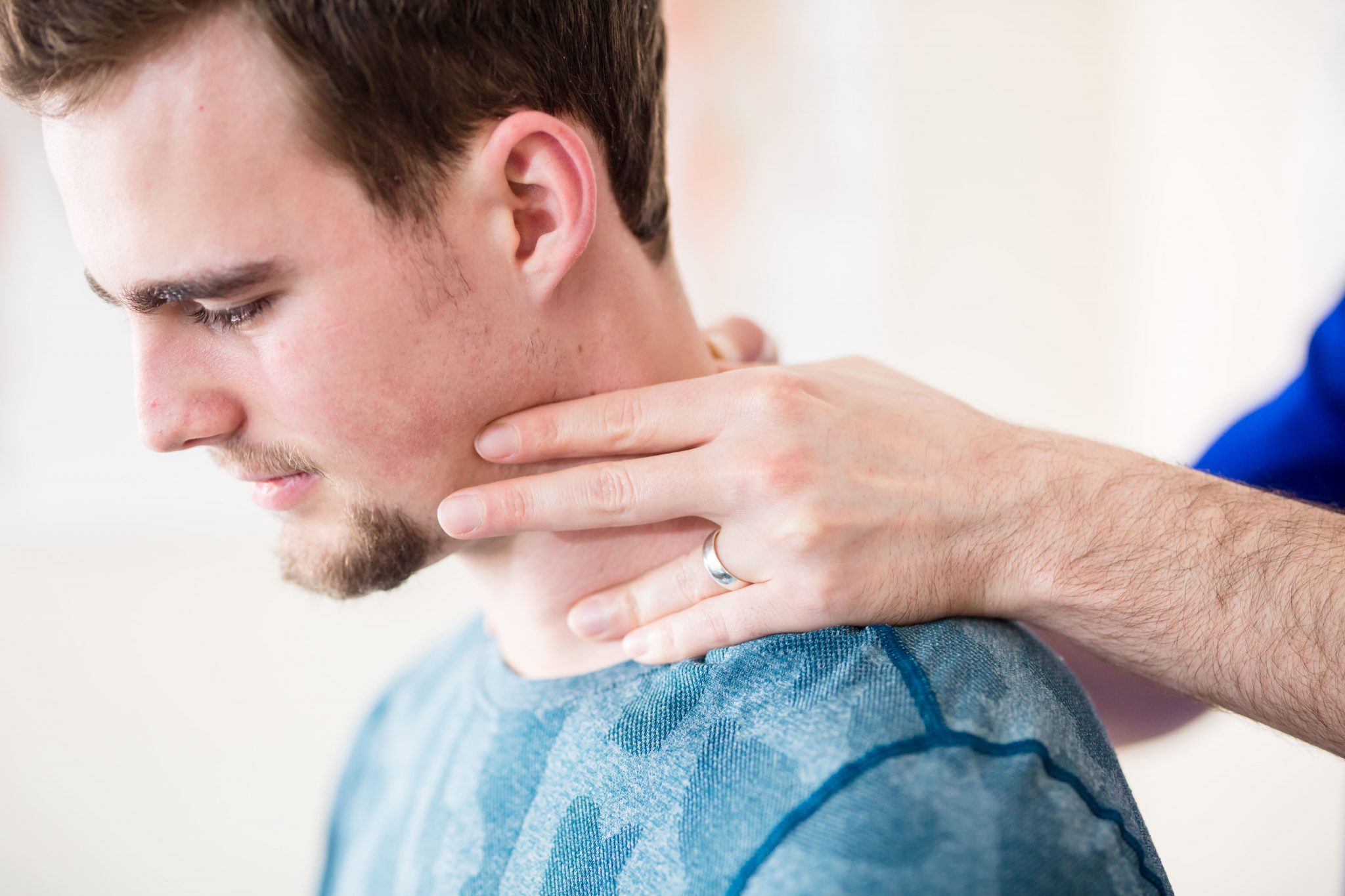Today, I want to focus on lower back pain. Let’s start by dispelling some myths, as detailed in Deyo’s Seven Myths of Back Pain1
1. If you have a “slipped” disc you need surgery
2. Scans can identify the cause of pain
3. If your back hurts, take it easy until pain goes away
4. Most back pain is caused by injuries or heavy lifting
5. Back pain is usually disabling
6. Everyone with back pain needs an X-Ray
7. Bed rest is the mainstay of therapy
When I was a student these myths were certainly subscribed to, but what we know today is that we really don’t know what causes back pain.
A mountain of evidence shows how poorly correlated a patient’s symptoms are to their MRI scan results. This is a problem as a ‘bad’ MRI can scare people, hampering their healing. In fact, many people with no lower back pain will have a scary looking MRI and likewise, patients in absolute agony can return a clear MRI.
What we do know is that the state of the spine on an Xray or MRI has very little to do with how much pain you feel. In fact, being told you have an issue with your scan reinforces the thought that the pain comes from your back rather than the evidence-based approach that pain comes from your brain.
It also results in increased perceived severity and danger of it becoming chronic. After all, if you are told your back is “bad” by someone in a white coat, it must be, and your brain makes you feel more pain to protect you from danger. It can also increase disability and central sensitization; so you feel more pain regardless of severity of stimuli.
In fact, lower back pain is so multifactorial that things like stress, sleep quality, posture, movement patterns, diet, beliefs and other lifestyle factors must be taken into account when we are planning a programme to get someone out of pain. Pain is more about sensitivity than injury.
Having been a hands-on therapist most of my career, I have been amazed at how effective virtual appointments have been recently. My approach was to educate and reassure, reassure, reassure.
Of course, I also gave exercises and stretches to relieve pain, but the most effective factor was that clients felt supported. They were educated about how their pain could be managed and that there was no serious damage to the back. (We did some tests to confirm this as there are cases where an MRI may be helpful).
They understood how stress – chemical (alcohol / sugar etc), emotional and physical (taking on a new form of exercise – Joe Wicks anyone?) – could be contributing to their current state of pain and how to take control back.
I have not had to see one patient I saw in lockdown face-to-face yet as they are all pain free, back to doing what they love – golf, gardening, running…
Elrina
1 Deyo’s Seven Myths of Back Pain. Deyo, R.A. (1998) ‘Low-back pain’, Sci Am, 279(2), 48-53
2 AJNR Am J Neuroradiol. 2015 Apr; 36(4): 811–816.
3 Diagnosis and Treatment of Low Back Pain: A Joint Clinical Practice Guideline from the American College of Physicians & American Pain Society. Ann Intern Med. 2007 Oct 2;147(7):478–491.
4 Incidence of Spontaneous Resorption of Lumbar Disc Herniation: A Meta-Analysis. Pain Physician. 2017;20(1):E45–E52.



